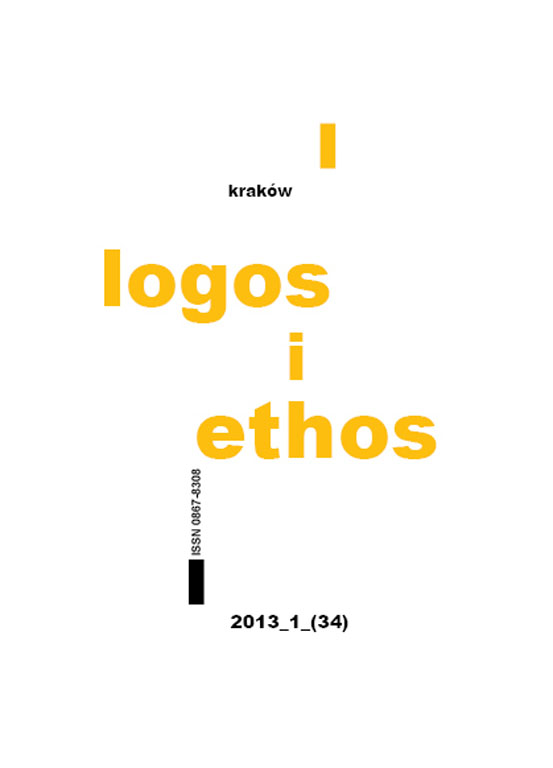The concept of the divine eternal present in the context of the mathematical non-standard analysis
DOI:
https://doi.org/10.15633/lie.167Abstract
The paper presents, first, existing problems related to the concept of (divine) eternal present. In order to solve these problems, there is presented a mathematical tool of non-standard analysis as proposed by German mathematicians C. Schmieden and D. Laugwitz. Time of created world is identified with the line of real numbers. The “place” of real number zero is filled with an infinite set of infinitely small numbers. This set is identified with God’s time. Then it is possible so to define the relationship of simultaneity that it is non-transitive, which eliminates the paradoxes associated with the concept of (God’s) eternal present. It appears, that by using the tools of non-standard analysis the issue of divine eternal present makes sense.Downloads
Published
2013-09-09
Issue
Section
Articles
License
Copyright (c) 2013 Jerzy Dadaczyński

This work is licensed under a Creative Commons Attribution 4.0 International License.
Authors who publish with this journal agree to the following terms:
- Authors retain the copyright and full publishing rights without restrictions, and grant the journal right of first publication with the work simultaneously licensed under a Creative Commons Attribution 4.0 International License that allows others to share the work with an acknowledgement of the work's authorship and initial publication in this journal.
- Authors are able to enter into separate, additional contractual arrangements for the non-exclusive distribution of the journal's published version of the work (e.g., post it to an institutional repository or publish it in a book), with an acknowledgement of its initial publication in this journal.
- Authors are permitted and encouraged to post their work online (e.g., in institutional repositories or on their website) prior to and during the submission process, as it can lead to productive exchanges, as well as earlier and greater citation of published work (See The Effect of Open Access).

